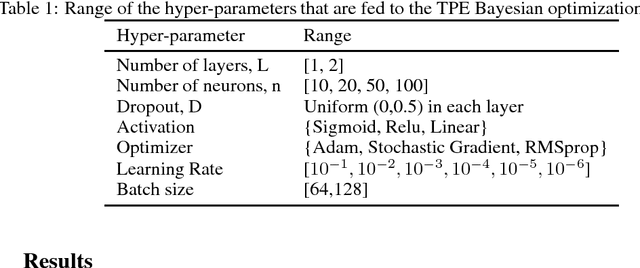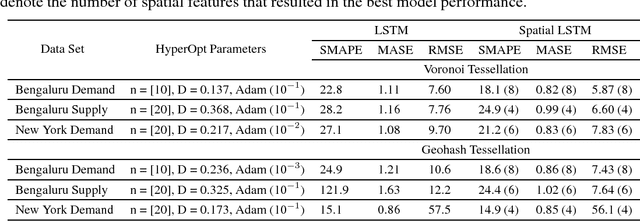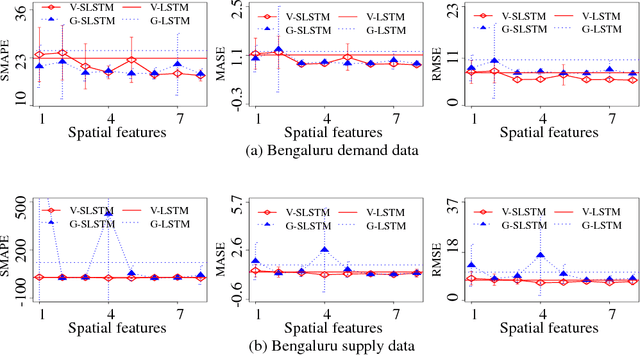Taxi Demand-Supply Forecasting: Impact of Spatial Partitioning on the Performance of Neural Networks
Paper and Code
Dec 10, 2018



In this paper, we investigate the significance of choosing an appropriate tessellation strategy for a spatio-temporal taxi demand-supply modeling framework. Our study compares (i) the variable-sized polygon based Voronoi tessellation, and (ii) the fixed-sized grid based Geohash tessellation, using taxi demand-supply GPS data for the cities of Bengaluru, India and New York, USA. Long Short-Term Memory (LSTM) networks are used for modeling and incorporating information from spatial neighbors into the model. We find that the LSTM model based on input features extracted from a variable-sized polygon tessellation yields superior performance over the LSTM model based on fixed-sized grid tessellation. Our study highlights the need to explore multiple spatial partitioning techniques for improving the prediction performance in neural network models.
 Add to Chrome
Add to Chrome Add to Firefox
Add to Firefox Add to Edge
Add to Edge